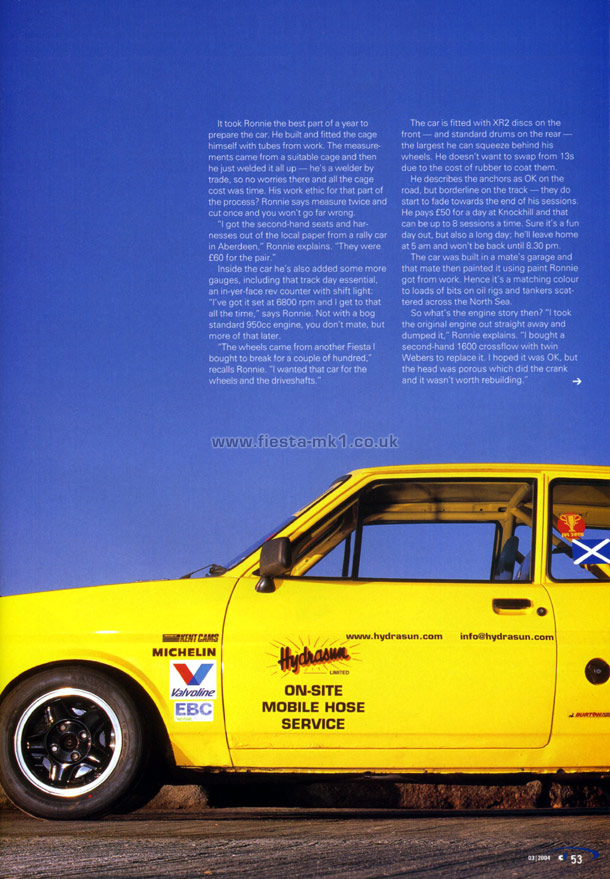|
|
|
Classic Ford - Feature: Zetec Fiesta
"Flying Scotsman" March 2004 |
|
|
|
|||||
|
|
|
||||
|
|
|
Auto Hebdo
|
Auto Motor und Sport
|
Auto Performance
|
Autopista
|
Auto Revue
|
Autosport
|
Auto Zeitung
|
Car
Car Mechanics | Cars and Car Conversions | Classic Ford | Custom Car | Drive Ford Scene International Echappement | Fast Car | Hot Car | L'Auto-Journal | MOT Die Auto-Zeitschrift | Motor Clįsico | Motor Motor Sport | Motoring News | Popular Motoring | Popular Science | Practical Motorist | Rallye Racing | Rally Sport Revs | Road & Track | Sport Auto DE | Sport Auto FR | Sport Fahrer | Street Machine | Tuning | Vintage Racers | What Car? Home | Press Releases/Adverts | Brochures | Magazine Articles | Technical Articles Forum | Motorsport | Links | Dealer Information | Downloads | Site Map Email: webmaster@fiesta-mk1.co.uk |
|
|







